Home>Storage Ideas>Kitchen Storage>How To Choose The Right Kitchen Backsplash? How To Get It Spot On
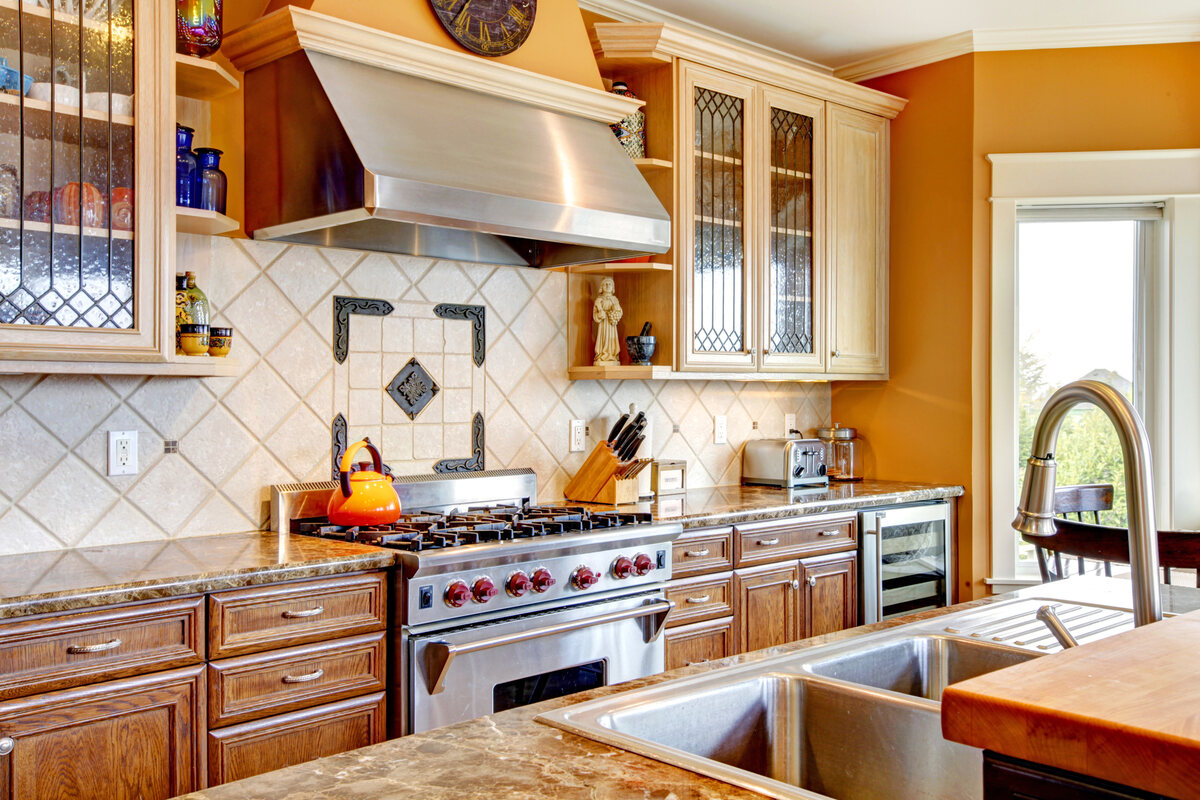

Kitchen Storage
How To Choose The Right Kitchen Backsplash? How To Get It Spot On
Modified: February 8, 2024
Discover how to choose the perfect kitchen backsplash for your home with our foolproof guide. Get expert tips and ideas for kitchen storage and make your space shine.
(Many of the links in this article redirect to a specific reviewed product. Your purchase of these products through affiliate links helps to generate commission for Storables.com, at no extra cost. Learn more)
Introduction
The kitchen is often considered the heart of the home, and it’s essential to create a space that is both functional and aesthetically pleasing. One way to achieve this is by choosing the right kitchen backsplash. A backsplash not only protects your walls from splashes and stains but also adds personality and style to your kitchen.
With so many options available, selecting the perfect kitchen backsplash can seem overwhelming. However, by considering a few key factors and understanding the different materials and styles available, you can make an informed decision that will enhance your kitchen’s appeal and functionality.
In this article, we will guide you through the process of selecting the right kitchen backsplash. We will explore the factors to consider, the various materials and styles available, and tips for matching your backsplash with your kitchen’s overall theme and style. Whether you have a modern, rustic, or traditional kitchen, we will help you find the perfect backsplash to complement your space.
So, let’s dive in and discover how to choose the right kitchen backsplash that will make a lasting impression.
Key Takeaways:
- Choose a kitchen backsplash that complements your style, budget, and maintenance needs. Consider factors like color, material, and theme to create a visually appealing and functional space.
- Whether DIY or professional installation, plan your kitchen backsplash carefully. Balance style, durability, and budget to achieve a stunning and practical addition to your kitchen.
Read more: How To Choose A Backsplash
Factors to Consider When Choosing a Kitchen Backsplash
When selecting a kitchen backsplash, it’s important to consider various factors to ensure you make the best choice for your space. Here are some key factors to keep in mind:
- Style and Theme: Consider the overall style and theme of your kitchen. Are you going for a modern, farmhouse, or traditional look? The backsplash should complement and enhance the existing decor.
- Functionality: Think about the functionality of the backsplash. Will it be primarily used to protect the walls behind the stove and sink from splatters? Or do you want it to be a focal point that adds visual interest to the kitchen?
- Maintenance: Consider the level of maintenance required for different materials. Some backsplash materials, such as glass and ceramic tiles, are easy to clean, while others, like natural stone, may require more regular sealing and upkeep.
- Budget: Determine your budget for the backsplash. Various materials have a wide range of price points, so it’s essential to select one that fits your budget without compromising on quality and style.
- Longevity: Consider the durability and longevity of the backsplash material. You want to choose a material that can withstand daily wear and tear and will last for years to come.
- Color and Pattern: Think about the color scheme and patterns in your kitchen. Do you want the backsplash to be a subtle backdrop or a bold statement piece? Consider how the color and pattern will harmonize with your cabinets, countertops, and flooring.
- Lighting: Take into account the lighting in your kitchen. Some materials, like glass tiles or mirrored backsplashes, can enhance natural light and make your kitchen appear brighter and more spacious.
- Personal Preference: Ultimately, let your personal preference guide your decision. Choose a backsplash that reflects your style and makes you happy every time you step into your kitchen.
By considering these factors, you can narrow down your choices and make an informed decision that will result in a kitchen backsplash that not only looks stunning but also meets your practical needs.
Different Types of Kitchen Backsplash Materials
There is a wide range of materials available for kitchen backsplashes, each with its unique characteristics and aesthetic appeal. Let’s explore some popular options:
- Ceramic Tiles: Ceramic tiles are a classic choice for kitchen backsplashes. They come in a variety of colors, sizes, and patterns, offering endless design possibilities. Ceramic tiles are durable, easy to clean, and resistant to stains and moisture.
- Glass Tiles: Glass tiles add a modern and sleek touch to any kitchen. They are available in a variety of colors and finishes, including translucent, frosted, and reflective. Glass tiles are non-porous and resistant to stains, making them a low-maintenance option.
- Subway Tiles: Subway tiles have become increasingly popular for backsplashes. These rectangular tiles, typically in a brick pattern, evoke a classic and timeless look. Subway tiles are versatile, fitting well in both traditional and contemporary kitchens.
- Natural Stone: Natural stone, such as marble, granite, and travertine, creates a luxurious and elegant backsplash. Each stone has its distinct color variations and patterns, adding a unique touch to your kitchen. Natural stone requires periodic sealing and maintenance to keep it looking its best.
- Metal Tiles: Metal tiles, such as stainless steel or copper, provide a contemporary and industrial look to your kitchen. They are resistant to heat, easy to clean, and offer a reflective surface that can make your kitchen appear brighter and larger.
- Porcelain Tiles: Porcelain tiles are known for their durability and resistance to moisture and stains. They are available in a wide range of colors, textures, and finishes, making them suitable for any kitchen style.
- Peel-and-Stick Tiles: Peel-and-stick tiles are a budget-friendly and DIY-friendly option. These adhesive-backed tiles come in various designs, including patterns that mimic the look of more expensive materials like ceramic or glass.
- Reclaimed Wood: For a rustic or farmhouse-style kitchen, reclaimed wood can be an excellent choice for a backsplash. It adds warmth and character to the space, and each piece of wood has a unique history and story to tell.
These are just a few examples of the materials available for kitchen backsplashes. Each material has its advantages and aesthetic appeal, so consider your preferences, budget, and maintenance requirements when choosing the most suitable option for your kitchen.
Pros and Cons of Each Kitchen Backsplash Material
When selecting a kitchen backsplash material, it’s important to consider the pros and cons of each option. Here’s a breakdown of the advantages and disadvantages of some popular kitchen backsplash materials:
- Ceramic Tiles:
- Pros: Wide variety of colors and patterns, durable, easy to clean, affordable.
- Cons: Grout lines require regular maintenance, can chip or crack if not handled carefully.
- Glass Tiles:
- Pros: Sleek and modern look, non-porous and easy to clean, reflects light to make the kitchen appear brighter.
- Cons: Can be expensive, may show fingerprints and smudges more easily.
- Subway Tiles:
- Pros: Classic and timeless design, fits well in various kitchen styles, affordable.
- Cons: Grout lines may require regular cleaning and maintenance.
- Natural Stone:
- Pros: Luxurious and elegant look, each stone is unique, adds value to the kitchen.
- Cons: Requires periodic sealing and maintenance, can be more expensive than other options.
- Metal Tiles:
- Pros: Contemporary and industrial look, resistant to heat and stains, easy to clean.
- Cons: Can be expensive, may show scratches and dents over time.
- Porcelain Tiles:
- Pros: Durable and resistant to stains and moisture, wide variety of colors and finishes.
- Cons: Grout lines require regular maintenance, can be expensive depending on the design.
- Peel-and-Stick Tiles:
- Pros: Budget-friendly, easy to install and remove, wide range of designs available.
- Cons: Not as durable as other options, may not withstand heavy wear and tear.
- Reclaimed Wood:
- Pros: Adds warmth and character to the kitchen, eco-friendly option.
- Cons: Requires sealing and maintenance, can be prone to water damage if not properly cared for.
Consider these pros and cons along with your personal preferences and needs to choose the best kitchen backsplash material for your space.
Matching the Backsplash with Your Kitchen Style and Theme
When choosing a kitchen backsplash, it’s crucial to consider your kitchen’s style and theme to create a cohesive and visually pleasing look. Here are some tips for matching the backsplash with your kitchen:
1. Modern Kitchen: For a modern kitchen, consider sleek and minimalistic backsplash materials such as glass tiles or metal tiles. Opt for neutral colors like white, gray, or black to create a clean and contemporary aesthetic.
2. Farmhouse Kitchen: A farmhouse-style kitchen can be complemented by backsplash materials like subway tiles or reclaimed wood. Use soft, muted colors or rustic finishes to enhance the cozy and nostalgic charm of the space.
3. Traditional Kitchen: For a traditional kitchen, consider ceramic or porcelain tiles with intricate patterns or decorative designs. Choose colors that coordinate with your cabinets and countertops to create a classic and timeless look.
4. Industrial Kitchen: To match an industrial-style kitchen, consider using metal tiles or exposed brick as your backsplash material. Opt for bold, dark colors like charcoal or deep brown to create an edgy and urban feel.
5. Mediterranean Kitchen: To achieve a Mediterranean-inspired look, consider using natural stone tiles, such as travertine or marble. Choose warm earthy tones like terracotta or sandy beige to infuse the space with warmth and a touch of Mediterranean charm.
6. Coastal Kitchen: A coastal-themed kitchen can be enhanced with a backsplash made of glass tiles in shades of blue or green. Consider seashell or wave-inspired patterns to create a beachy and serene ambiance.
7. Contemporary Kitchen: In a contemporary kitchen, you can experiment with various backsplash materials and colors. Consider using bold and vibrant colors or unique materials like mosaic tiles to create a focal point and add a touch of artistic flair.
Remember that the backsplash should complement the overall style and theme of the kitchen rather than overpower it. Take into account the colors, textures, and materials used in other elements of the kitchen, such as cabinets, countertops, and flooring, to ensure a cohesive and harmonious look.
By matching the backsplash with your kitchen style and theme, you can create a space that is not only functional but also visually appealing, reflecting your personal taste and creating a welcoming atmosphere in your kitchen.
When choosing a kitchen backsplash, consider the overall style of your kitchen, the maintenance required, and the material’s durability. Take into account the color scheme and the size of the tiles to ensure a cohesive and visually appealing design.
Read more: How To Choose The Right Kitchenaid Mixer
Choosing the Right Color and Pattern for Your Kitchen Backsplash
The color and pattern of your kitchen backsplash can have a significant impact on the overall look and feel of your space. Here are some important considerations when choosing the right color and pattern:
1. Coordinate with Existing Elements: Take into account the colors and finishes of your kitchen cabinets, countertops, and flooring. The backsplash should complement and enhance these elements rather than clash with them. Consider selecting a color that either matches or provides a pleasing contrast to the existing color scheme.
2. Create Balance: Balance is key when choosing the color and pattern of your backsplash. If your kitchen has vibrant or busy countertops, opt for a more subdued or neutral color for the backsplash. On the other hand, if your countertops and cabinets are fairly neutral, you can experiment with bolder colors and patterns for the backsplash to make it a focal point.
3. Consider Light and Space: The color of your backsplash can affect the perception of light and space in your kitchen. Lighter colors, such as white or pastel shades, can make the room appear brighter and more spacious. If you have a small kitchen, consider using light-colored backsplash materials to create an illusion of a larger space.
4. Add Visual Interest: The backsplash is an opportunity to add visual interest and personality to your kitchen. Consider using patterned tiles or mosaic designs to create a unique focal point. However, be mindful of the overall style of your kitchen. In a busy or eclectic kitchen, a simple and solid-colored backsplash can provide a nice balance.
5. Create Depth and Texture: Adding texture to your backsplash can bring depth and dimension to your kitchen. Consider materials like textured ceramic tiles or natural stone with varying finishes. This can add richness and visual appeal to your space.
6. Test Samples: It’s a good idea to bring home samples of different colors and patterns to see how they look in your kitchen’s lighting. Natural and artificial lighting can significantly affect the appearance of colors and patterns, so seeing them firsthand in your space will help you make a more accurate decision.
7. Personal Preference: Ultimately, trust your instincts and choose a color and pattern that resonates with your personal style and preferences. Your kitchen is a reflection of your taste, so selecting a backsplash that you truly love will create a space that you enjoy being in.
Remember, the color and pattern of the backsplash should be a harmonious addition to your kitchen, tying together the other elements and creating a cohesive and visually pleasing look.
Considering Maintenance and Durability of the Backsplash
When choosing a kitchen backsplash, it’s essential to consider the level of maintenance and durability that each material requires. Here are some factors to keep in mind:
1. Ease of Cleaning: Consider how easy it is to clean and maintain the backsplash material. Some materials, like ceramic, glass, and porcelain tiles, are relatively easy to clean with regular household cleaners. Others, such as natural stone or textured materials, may require more specialized care.
2. Resistance to Stains: Evaluate the backsplash material’s resistance to stains. A backsplash located near the stove or sink is prone to splashes and spills. Materials like glass, ceramic, or metal tiles are generally more resistant to stains, while natural stone may be more porous and require periodic sealing to prevent staining.
3. Durability: Consider how well the backsplash material will hold up over time. Will it resist cracks, chips, or scratches? Materials like ceramic, glass, and some metal tiles are generally durable and can withstand daily use. However, natural stone or textured materials may be more susceptible to damage and require extra care to maintain their appearance.
4. Maintenance Requirements: Take into account the maintenance requirements of the backsplash material. Some materials, like natural stone, may require periodic sealing to protect against moisture and stains. Others, like glass or metal tiles, are more low-maintenance and require regular cleaning to keep them looking their best.
5. Longevity: Consider the longevity of the backsplash material. Investing in a durable and high-quality material is important to ensure it will last for years to come. While natural stone may be more costly upfront, it has the potential to withstand the test of time and add long-term value to your kitchen.
6. Lifestyle and Usage: Think about your lifestyle and how the kitchen backsplash will be used. If you have a busy household or love to cook, a more durable and stain-resistant material may be better suited for your needs. Assess the potential wear and tear the backsplash may experience and choose a material that can withstand your daily activities.
7. Budget Considerations: Consider the cost of the backsplash material and the ongoing maintenance required. Some materials, like ceramic or porcelain tiles, tend to be more budget-friendly and easier to maintain. However, keep in mind that investing in durable and long-lasting materials may save you money in the long run by avoiding frequent replacements or repairs.
By considering the maintenance and durability factors, you can choose a backsplash material that meets your needs and lifestyle while still enhancing the beauty and functionality of your kitchen.
Budget Considerations for Selecting a Kitchen Backsplash
When selecting a kitchen backsplash, it’s important to consider your budget and find a material that fits within your financial means. Here are some budget considerations to keep in mind:
1. Material Cost: Different backsplash materials come with varying price points. For example, ceramic or porcelain tiles are generally more affordable options, while natural stone or metal tiles can be higher in cost. Determine your budget beforehand and choose a material that aligns with it.
2. Size and Coverage: Estimate the amount of backsplash area you need to cover. Larger kitchen spaces or areas with complex layouts may require more materials and labor, affecting the overall cost. Keep in mind the size of the tiles or materials you choose, as larger tiles can be more expensive than smaller ones.
3. Installation Costs: Factor in the installation costs when considering your budget. If you have experience and skills, you may be able to install the backsplash yourself to save money. However, hiring a professional installer can ensure a high-quality and precise installation, but it will come with additional costs.
4. Tile Design and Pattern: Intricate designs and patterns can add to the cost of the backsplash. Consider opting for simpler tile designs or patterns if you need to stick to a tight budget. Solid-colored tiles or basic subway patterns are often more affordable than intricate mosaics or customized designs.
5. Alternative Materials: If your budget is limited, consider alternative materials that are more budget-friendly. Peel-and-stick tiles, for example, offer a cost-effective and DIY-friendly option. Other options include laminate panels or beadboard, which can mimic the look of more expensive materials at a fraction of the cost.
6. Long-Term Value: While it’s important to consider your immediate budget, also think about the long-term value of the backsplash. Investing in a durable and high-quality material may have a higher upfront cost but can save you money in the long run by avoiding repairs or replacements. Consider the lifespan and durability of the materials you’re considering.
7. Prioritize: If your budget is limited, prioritize the areas that matter the most to you. If you have your heart set on a particular material but it exceeds your budget, consider using it as an accent or feature rather than covering the entire backsplash area. This way, you can still incorporate your desired material while staying within your financial limits.
Remember that the cost of the backsplash is just one aspect to consider. Also, evaluate the overall quality, durability, and aesthetic appeal of the material to ensure you’re making the best choice for your kitchen in the long run.
Hiring a Professional or DIY Backsplash Installation
When it comes to installing a kitchen backsplash, you have the option to either hire a professional or take on the project yourself. Here are some factors to consider when deciding between hiring a professional or opting for a DIY installation:
1. Skill and Experience: Assess your own skill level and experience with home improvement projects. Installing a backsplash requires precise measurements, cutting tiles, and applying adhesive correctly. If you have experience with tile installation or feel confident in your DIY abilities, you may be able to tackle the project yourself. However, if you lack experience or feel unsure, hiring a professional can ensure a high-quality and accurate installation.
2. Time and Availability: Consider the time you have available for the installation. Installing a backsplash can be time-consuming, especially if you’re new to the process. If you have a busy schedule or limited time to dedicate to the project, hiring a professional can save you time and ensure a quicker turnaround. Professionals have the knowledge and tools to complete the job efficiently.
3. Tools and Equipment: Evaluate the tools and equipment needed for the installation. DIY installations often require the purchase or rental of specific tools like tile cutters, adhesive spreaders, and grout floats. If you’re not willing to invest in these tools or don’t have access to them, hiring a professional who already has the necessary equipment can be more cost-effective.
4. Precision and Quality: Consider the level of precision and quality you’re aiming for. Professional installers have the expertise to ensure straight lines, properly aligned tiles, and even grout application. If you want a flawless and professional-looking result, hiring a skilled installer may be the best choice.
5. Complexity of the Project: Evaluate the complexity of the backsplash installation. If you have a straightforward layout with no intricate cuts or patterns, a DIY installation can be more manageable. However, if your backsplash requires complex cuts or involves working around outlets or windows, hiring a professional can ensure the job is done correctly and avoid costly mistakes.
6. Budget Considerations: Compare the cost of hiring a professional versus a DIY installation. While hiring a professional may come with an additional cost, especially for labor and materials, it can be a worthwhile investment if you’re looking for a high-quality and hassle-free installation. DIY installations can save on labor costs but require you to purchase tools and may involve more trial and error.
7. Personal Preference: Ultimately, consider your personal preference and comfort level. Some homeowners enjoy taking on DIY projects and find satisfaction in completing the installation themselves. Others prefer to leave it to the professionals for a stress-free experience. Assess your own preferences and abilities to make the best decision for your specific situation.
Remember, regardless of whether you choose to hire a professional or go the DIY route, proper planning, preparation, and attention to detail are crucial for a successful backsplash installation.
Conclusion
Choosing the right kitchen backsplash is an important decision that can greatly enhance the functionality and aesthetics of your space. By considering various factors such as style, functionality, maintenance, and budget, you can make an informed choice that suits your needs and preferences.
Take into account your kitchen’s style and theme to ensure a cohesive look. Whether you have a modern, farmhouse, or traditional kitchen, there are backsplash materials and designs available to complement your chosen style.
Consider the color and pattern of the backsplash, taking into account existing elements in your kitchen such as cabinets, countertops, and flooring. Strive for balance and visual interest by coordinating colors and patterns.
Maintenance and durability are critical factors to consider. Assess the ease of cleaning, resistance to stains, and longevity of the backsplash material. Choose a material that suits your lifestyle and usage patterns in the kitchen.
Budget considerations are also important. Evaluate the cost of materials, installation, and long-term value. It’s essential to strike a balance between quality and affordability, ensuring your investment is worthwhile.
Deciding between hiring a professional or DIY installation depends on your skill level, availability, and desired level of precision. Carefully weigh the pros and cons of each approach to determine the best option for you.
In conclusion, selecting the right kitchen backsplash involves careful consideration of numerous factors. By taking the time to evaluate your needs, preferences, and budget, you can achieve a beautiful and functional backsplash that transforms your kitchen into a welcoming and visually appealing space.
Remember, the ideal kitchen backsplash combines practicality, style, and personal taste to create a space that you will enjoy for years to come. With the right choice, your kitchen backsplash will not only protect your walls but also elevate the overall design and ambiance of your kitchen.
Frequently Asked Questions about How To Choose The Right Kitchen Backsplash? How To Get It Spot On
Was this page helpful?
At Storables.com, we guarantee accurate and reliable information. Our content, validated by Expert Board Contributors, is crafted following stringent Editorial Policies. We're committed to providing you with well-researched, expert-backed insights for all your informational needs.
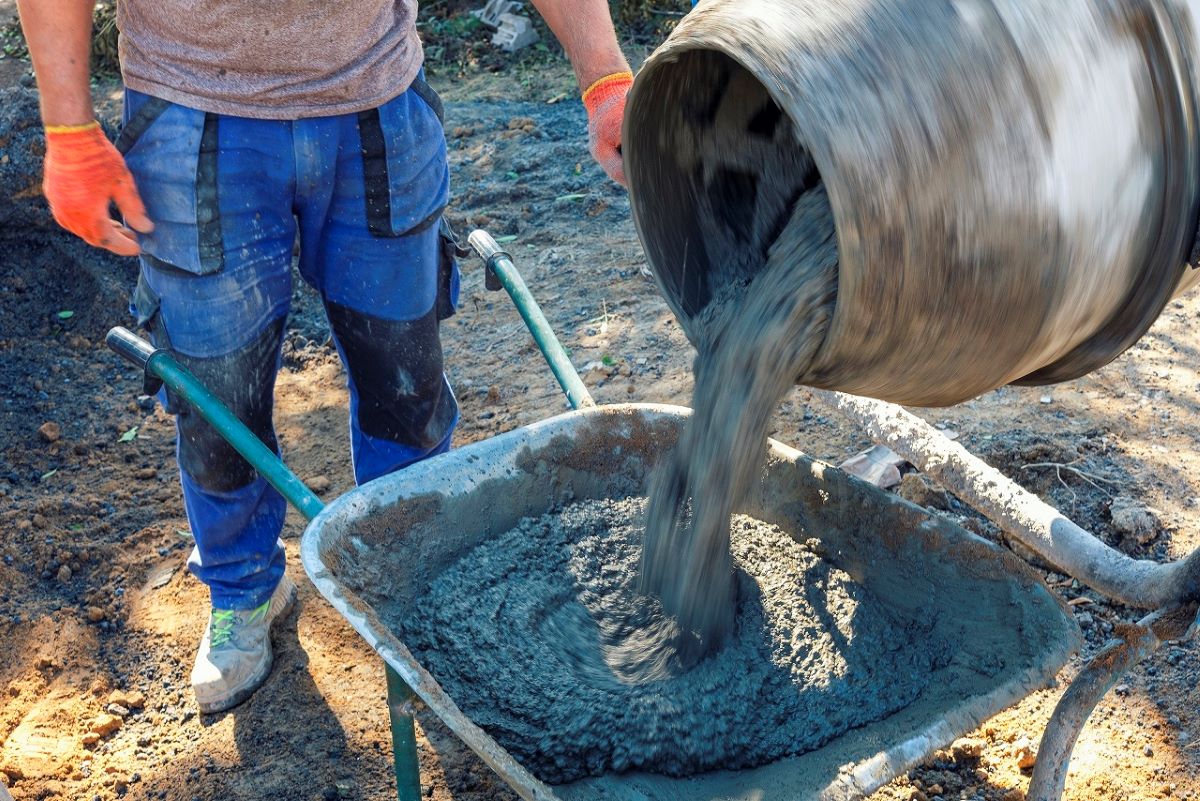
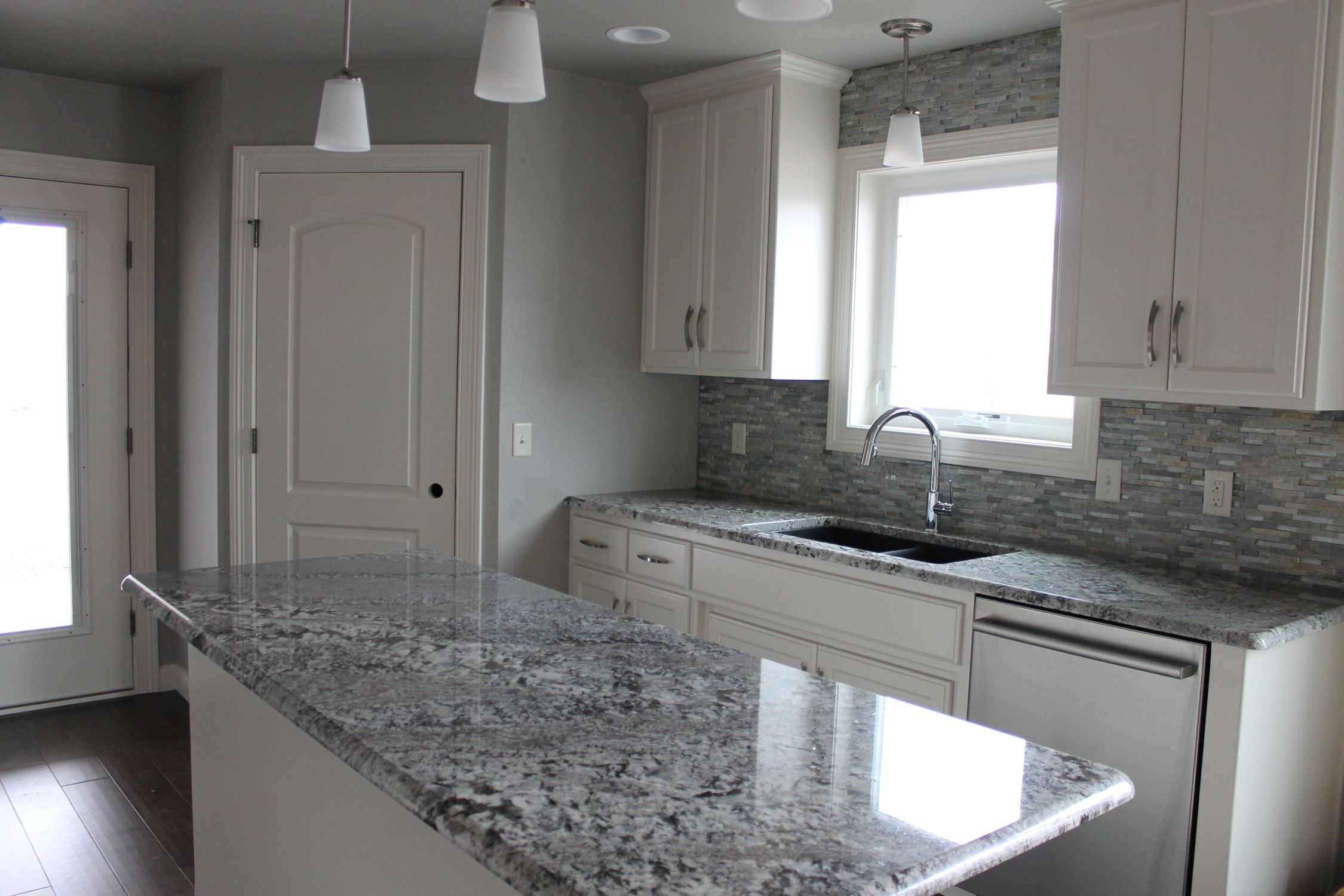
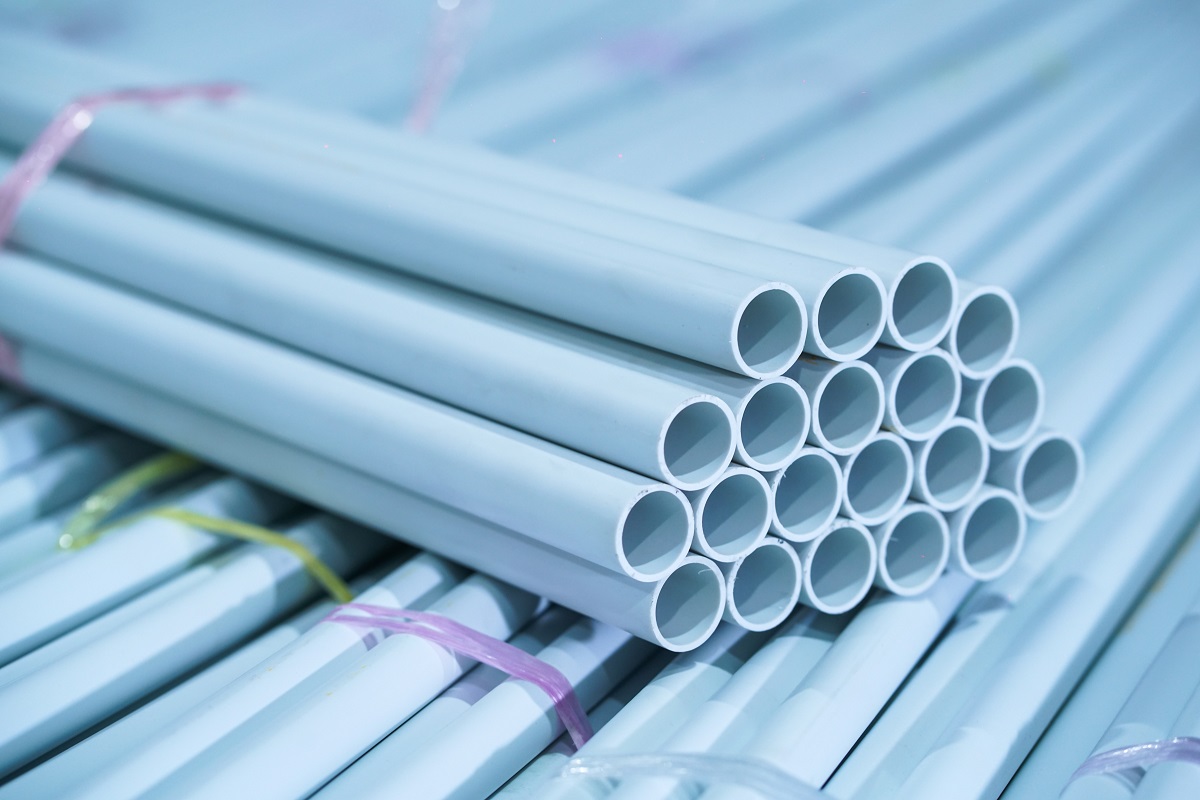
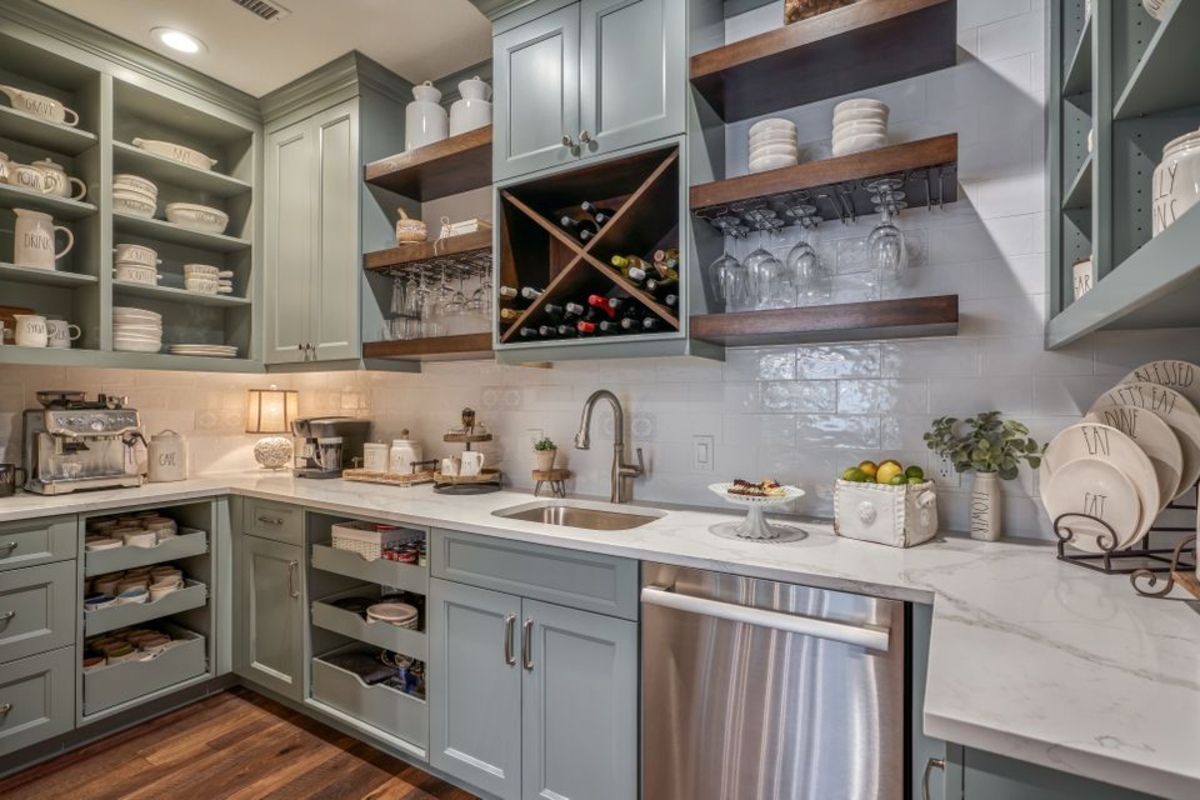
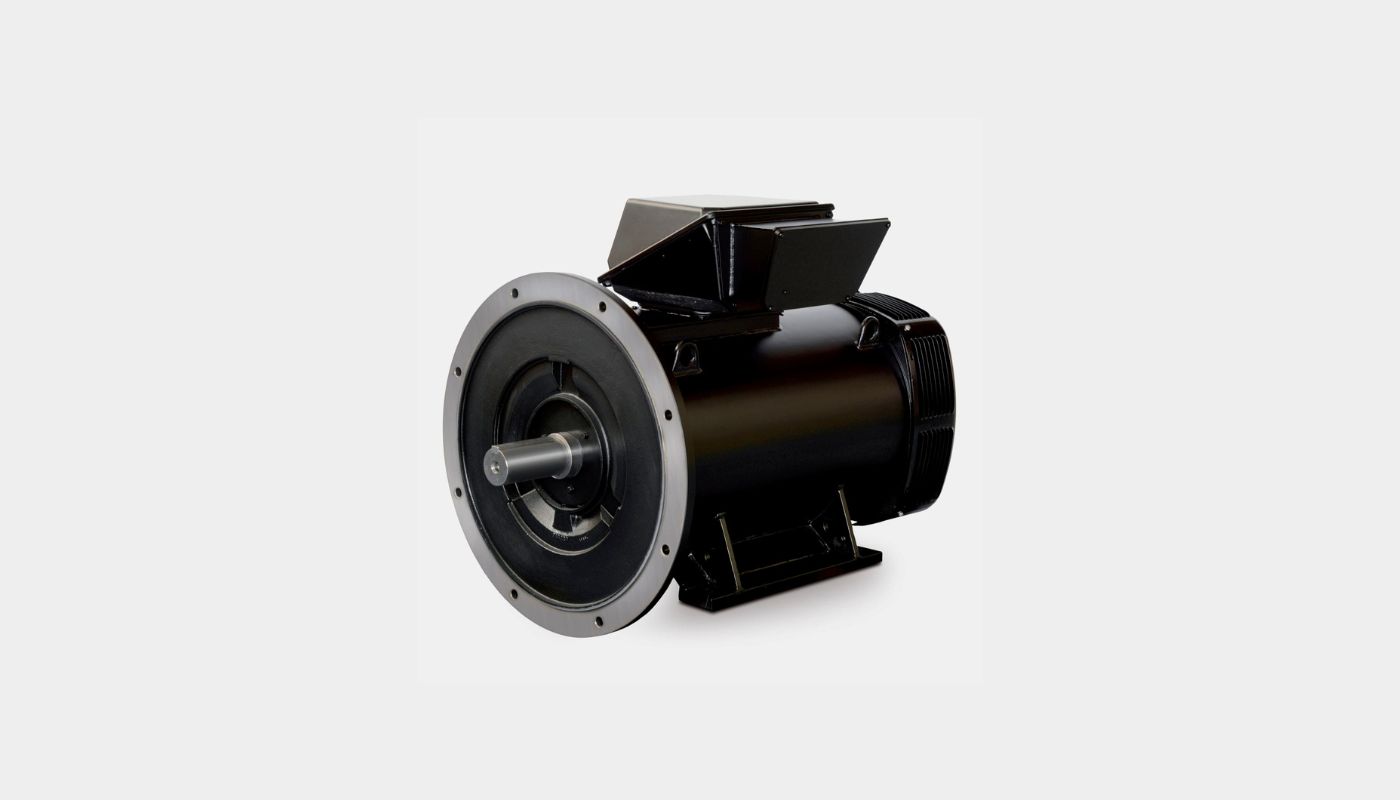


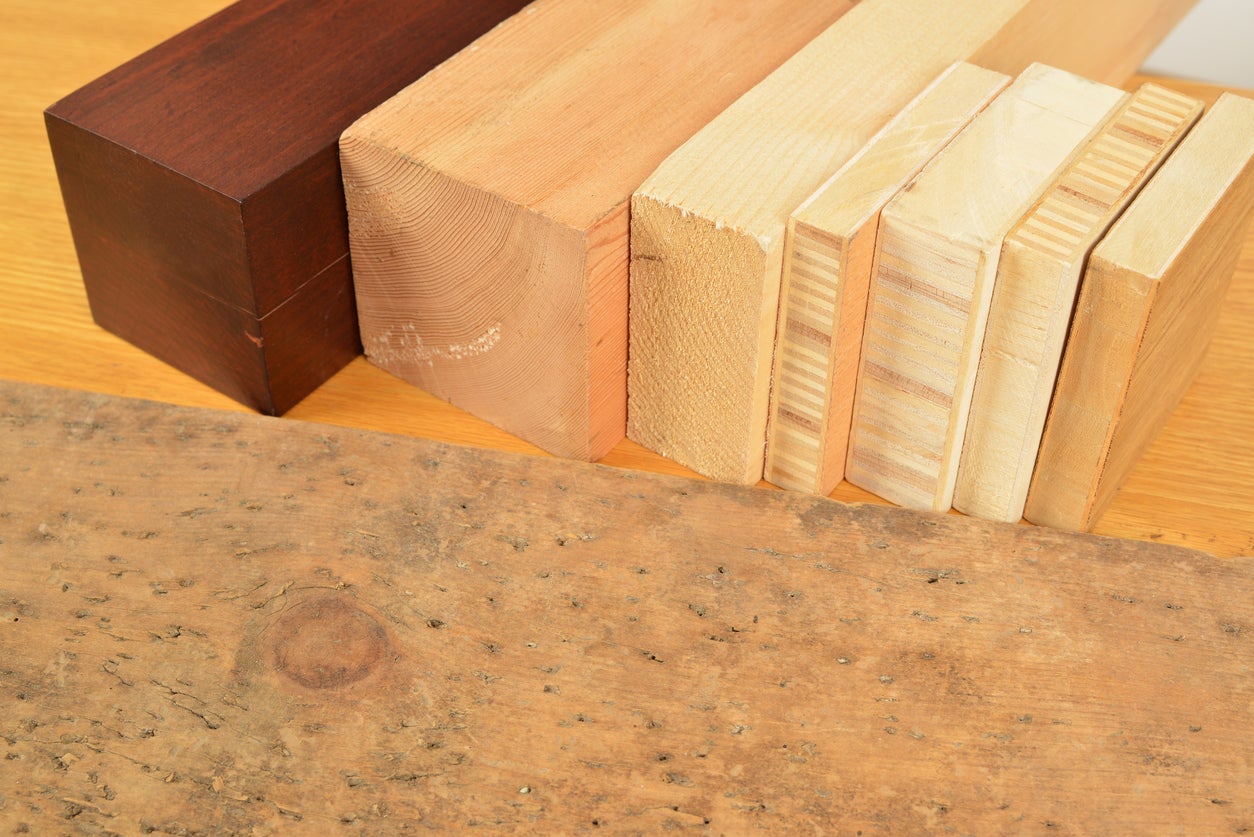
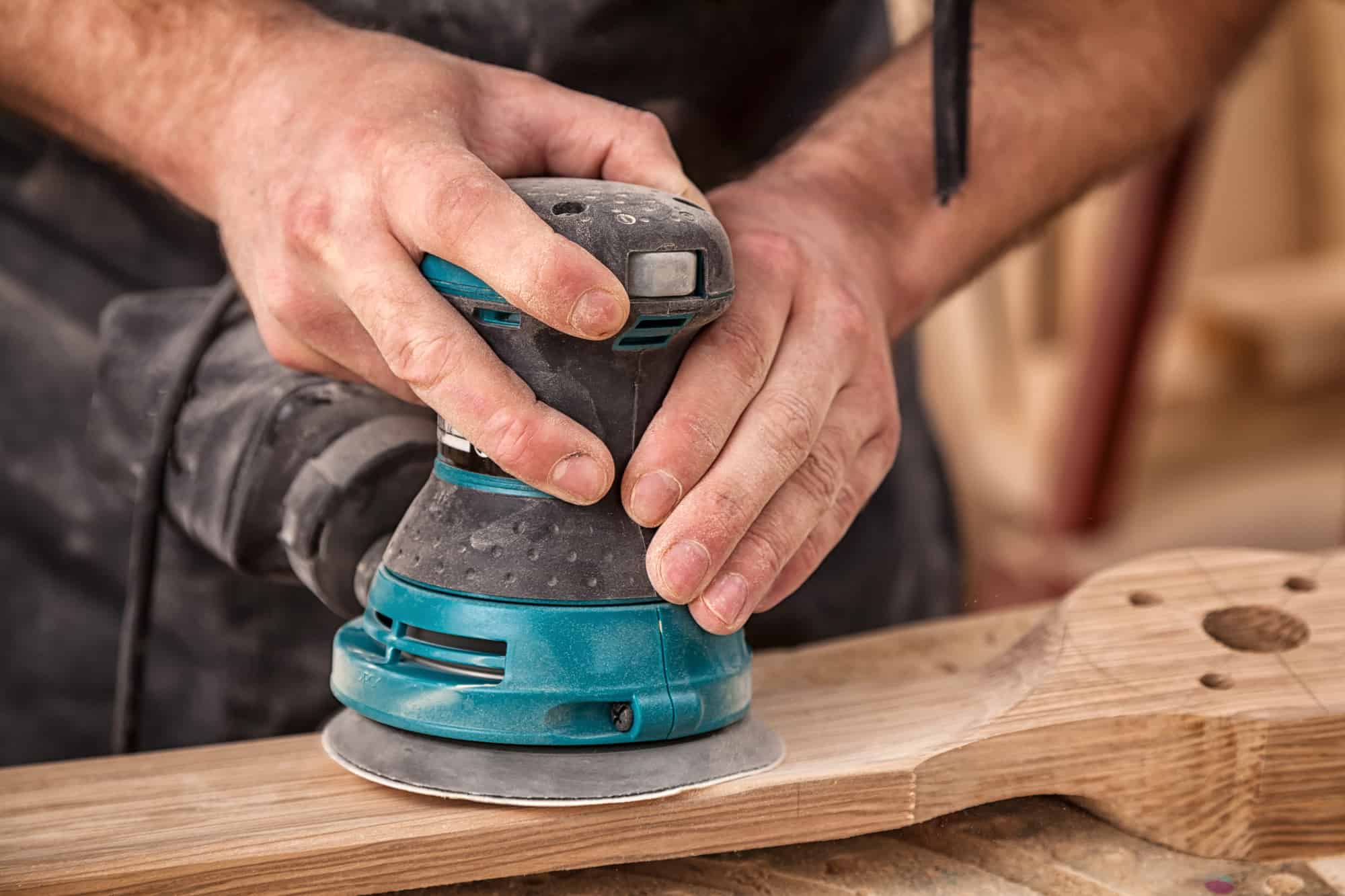

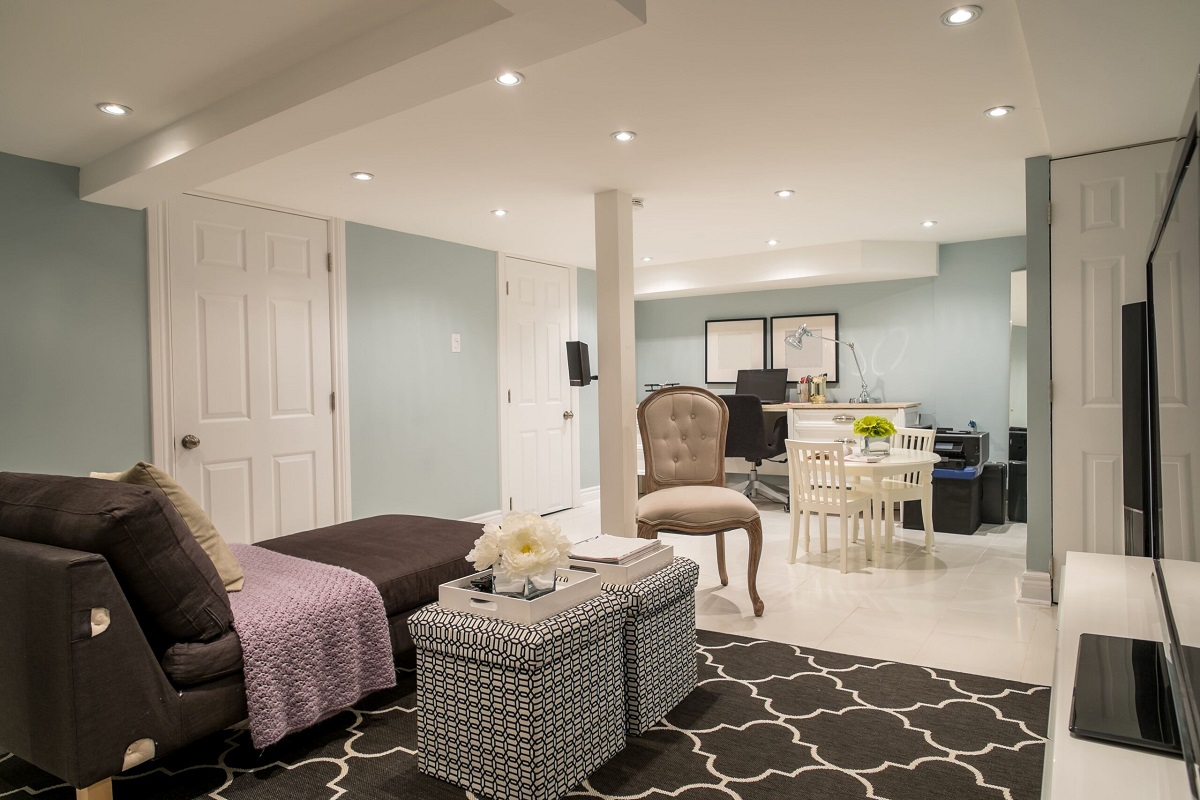
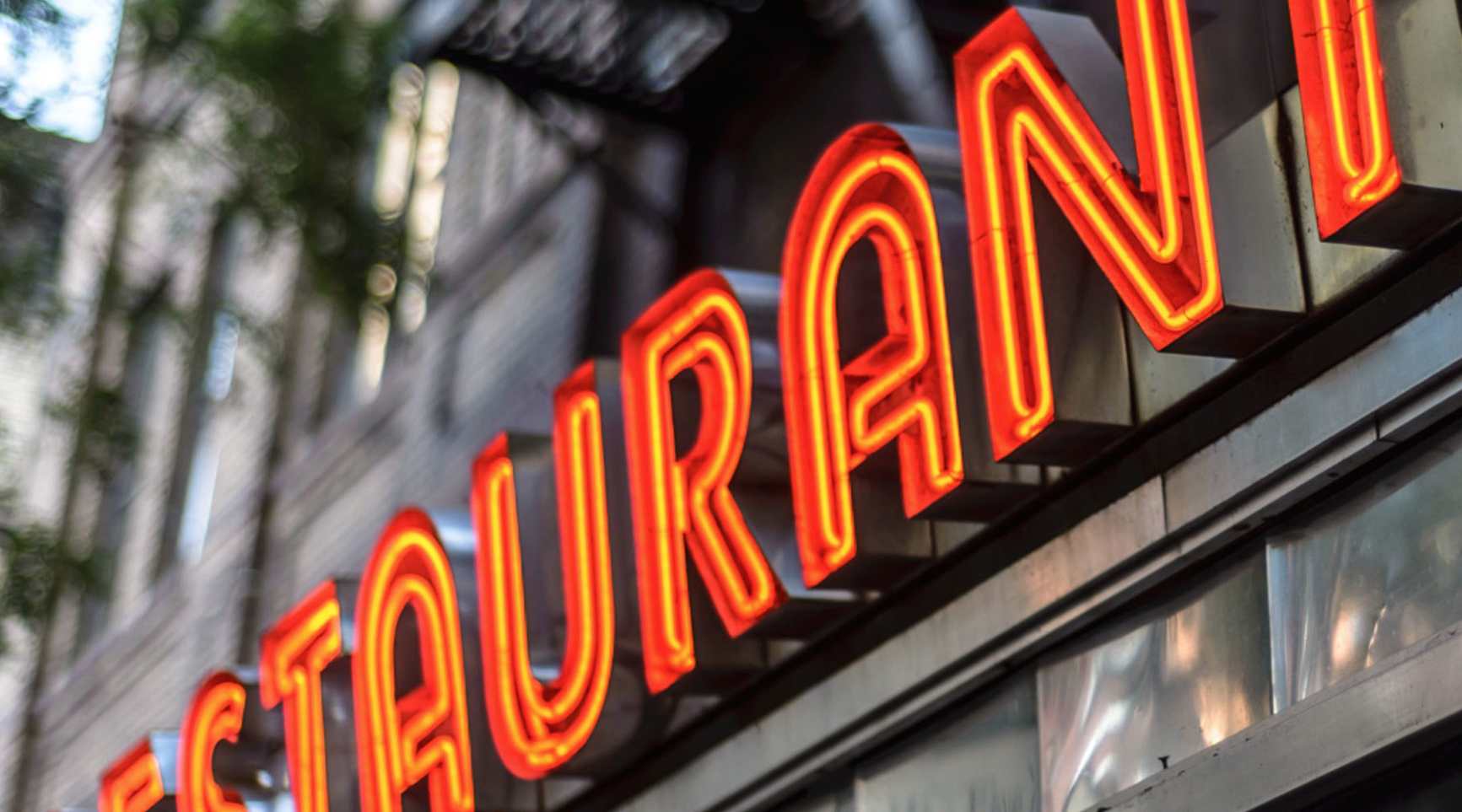
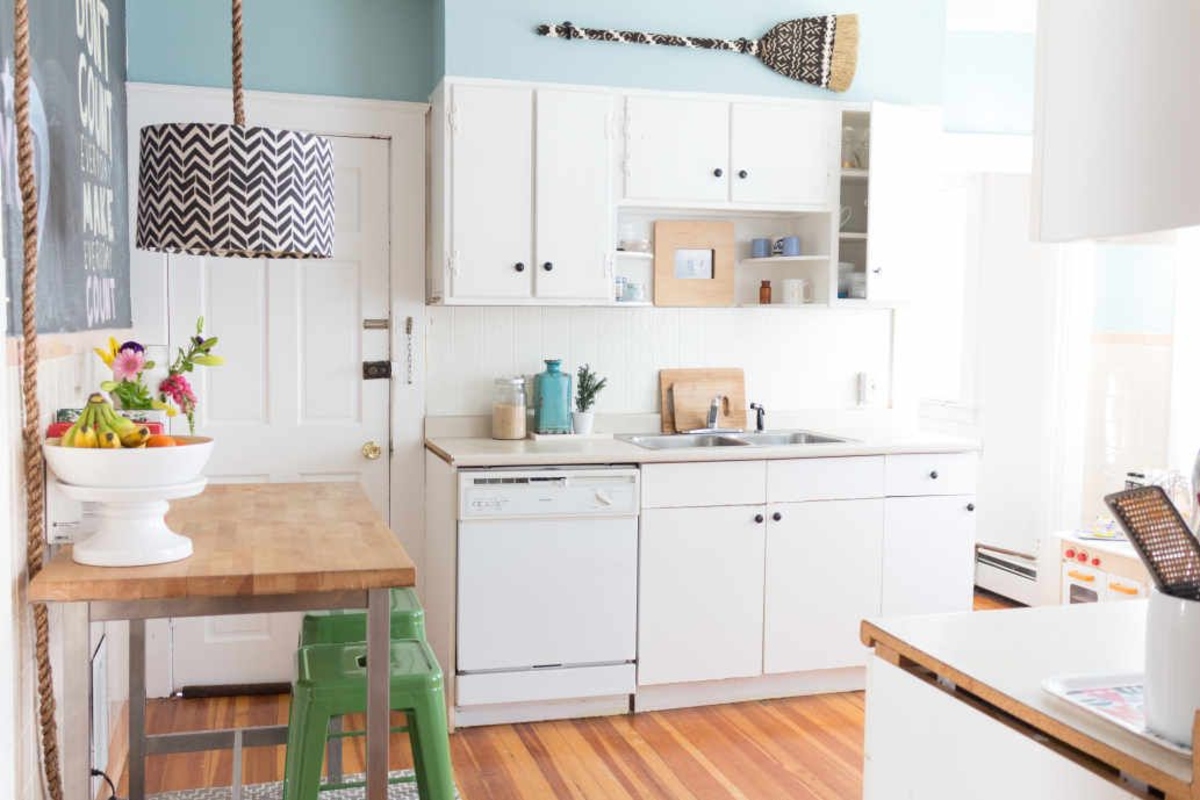

0 thoughts on “How To Choose The Right Kitchen Backsplash? How To Get It Spot On”